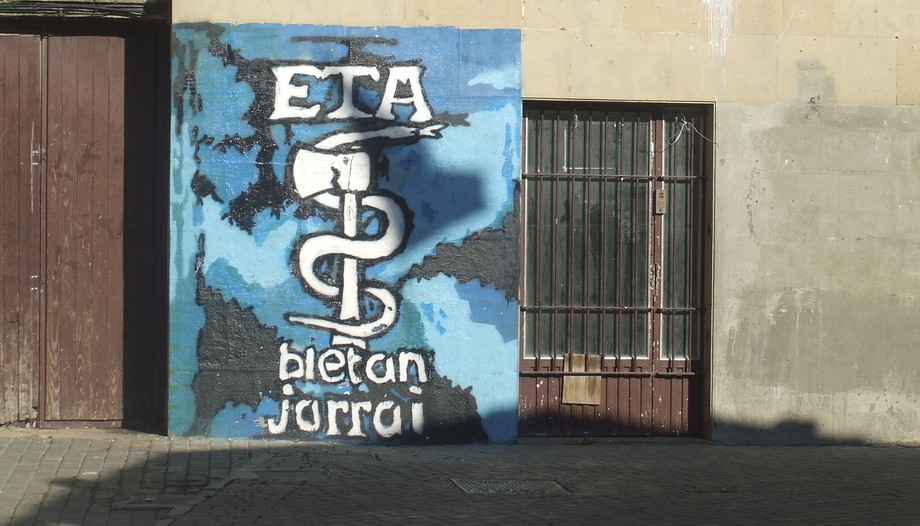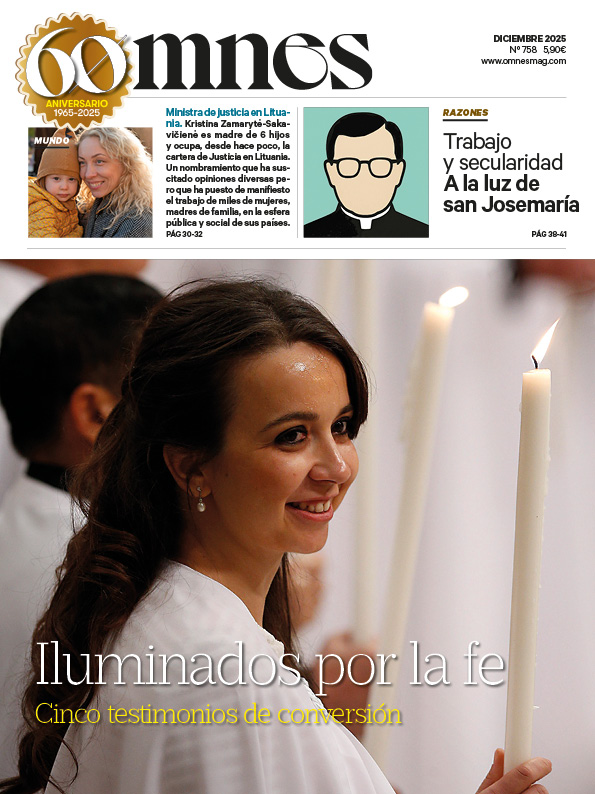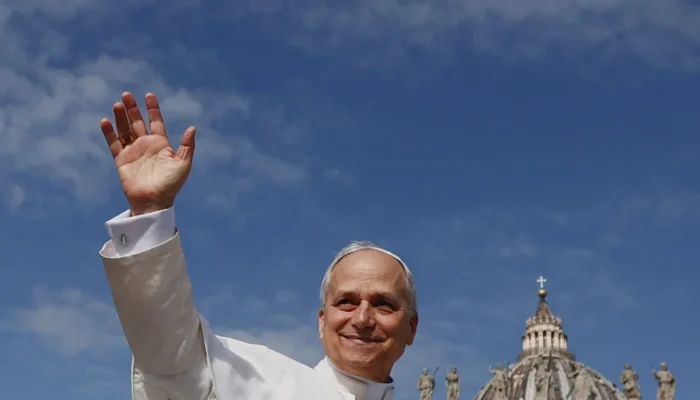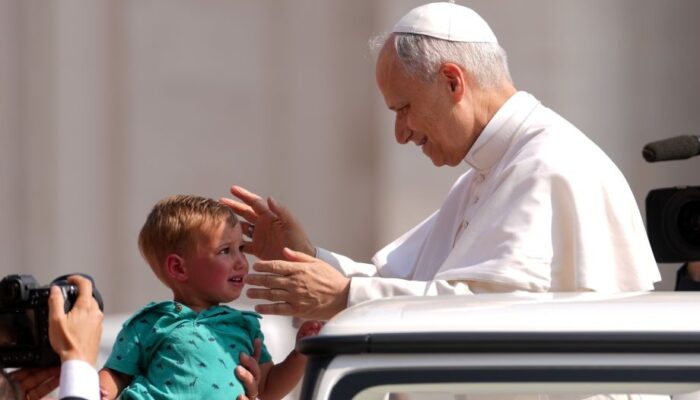As is well known, members of the German state under Nazism (1933-1945) were directly responsible for the murder of some 11 million people, of whom an estimated 6 million were Jews. This last genocide (a word created by the Polish jurist Rapahael Lemkin), known worldwide as the "Holocaust" or the "Shoah", was the result of the "Holocaust" and the "Shoah"., resulted in various trials, convictions and executions of Nazi culprits (the famous Nuremberg trials and others).
After World War II, a group of detectives, prosecutors and officers was formed with the intention of bringing to justice those who had played a role, however small, in the demonic machinery of the concentration camps. They were the Holocaust's shadow vigilantes: the Nazi hunters. Most of them have remained anonymous. Names such as William Denson, Rafi Eitan, Benjamin Ferencz, Efraim Zuroff, Fritz Bauer, Isser Harel, Elizabeth Holtzman, Serge and Beate Klarsfeld, Eli Rosenbaum, Jan Sehn...
Nazi hunters
The veteran writer and correspondent Andrew Nagorski published in 2017 a documented essay in which he recovered the misadventures of this hidden legion born after the Holocaust: "Hunters of Nazis" (Turner, 2017). This book recalls the exploits of the persecutors and the barbarities of the persecuted, also narrating the difficulties that these vigilantes had to overcome to carry out their work. They were not few, as they ranged from confrontation with their companions to the benevolence of the West towards some of the hierarchs.
The motivation of these people was clear. Tuvia Friedman, one of the most effective Jewish Nazi persecutors of World War II, escaped from a concentration camp as a young man, and from then on his goal was to capture those murderers. "I kept thinking about the day when the Jews would give it back to the Nazis, an eye for an eye.", he used to say. After his release, he joined a group of partisans with whom he sought out prominent war criminals.
Perhaps the most famous of these was the architect Simon Wiesenthal, a prisoner in the Mauthausen camp until he was liberated on May 5, 1945. The brutalities he endured in that hell made him present himself to an American lieutenant shortly thereafter and offer his services. He dedicated himself to helping those affected by the war and, together with Friedman, was decisive in the 1960s in catching the man who had organized the Final Solution, the extermination of millions of Jews: Adolf Eichmann. The German officer had managed to escape from the Allied justice in Nuremberg and fled to Argentinabut he was captured and tried thanks to them.
Unfortunately, there have been many genocides perpetrated in history and the vast majority have gone unpunished, such as the Armenian genocide, the Ukrainian genocide during Stalin's time, the Rwandan genocide, etc. One of the peculiarities of the Jewish Holocaust has been the determination of these people to achieve a minimum of justice in this life, often applying the law of talion (an eye for an eye, a tooth for a tooth).
The case of ETA
On a much smaller scale and closer in time, in Spain members of the terrorist gang ETA (1959-2018) are guilty of 864 murders, more than 3,000 wounded, 86 kidnappings and 10,000 extortions of businessmen. Their goal was the creation of a socialist state in the Basque Country and independence from Spain and France. After 60 years of terror, on May 3, 2018 the terrorist gang announced its dissolution. At that time there remained 358 unsolved crimes and about 100 ETA members in hiding. The Spanish government of Mariano Rajoy assured then that there would be no advantages for ETA to stop killing or to bring its prisoners to the Basque Country.
Of the nearly 10,000 people charged for their relationship with ETA, there are currently only 142 prisoners left (136 in the Basque Country and Navarre and 6 in French prisons), while the Basque Government continues to accelerate the pace of permits and prisoner releases, with the connivance of the Socialist Government of Pedro Sanchez, who needs the votes of Bildu (heir party of ETA's political representatives) to govern.
Between 1975 and 1980, several groups related to Franco's dictatorship operated in order to combat ETA terrorism. In 1977, after the political amnesty granted by the Government of Adolfo Suarez, a group of 7 Army officers killed by means of a car bomb in France the ETA leader Argala, material author of the assassination of the President of the Government Luis Carrero Blanco in 1972.
During the socialist government of Felipe Gonzalez, between 1983 and 1987, the so-called "dirty war" against ETA took place, with the GAL being blamed for the murder of 27 people. These attacks and kidnappings were mostly perpetrated by French mercenaries hired by Spanish police officers, financed with reserved funds, and organized from the Ministry of the Interior itself, through those in charge of the fight against terrorism in the Basque Country. Some of those responsible for these State crimes were condemned by the Spanish Courts of Justice, some spent a short time in prison and then continued under house arrest and others were later pardoned.
Absence of revenge
But the relatives of the victims of ETA terrorism have never taken justice into their own hands, as the Nazi hunters did at the time. During the last few years, these victims have had to put up with the releases and tributes to the released ETA prisoners, as well as the unusual fact that the political party that has inherited the political project of the terrorist group has been incorporated into the governance of the State by the current president of the Spanish Government.
The absence of vengeance in the victims of ETA terrorism, together with their demand for justice exclusively by legal means, speaks volumes about the Christian roots of Spain, where fortunately justice and forgiveness have not been replaced in recent decades by the law of talion.








